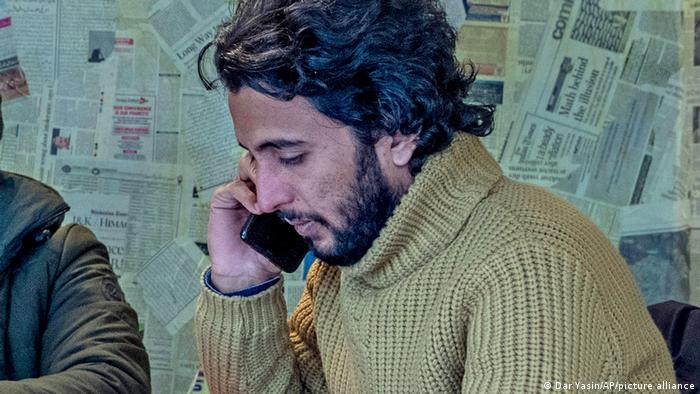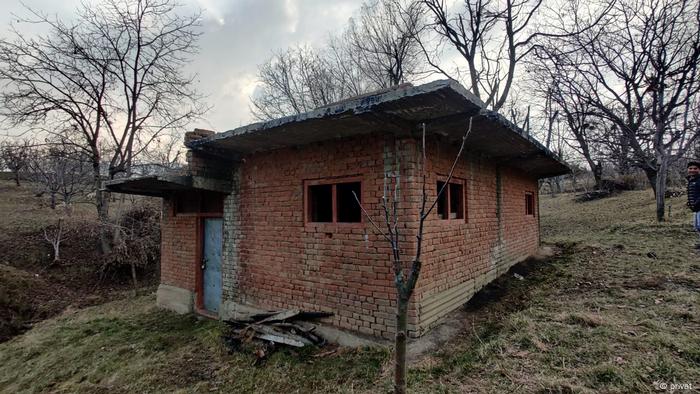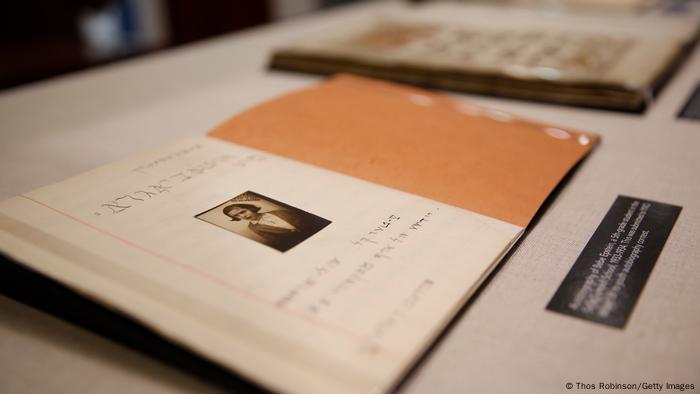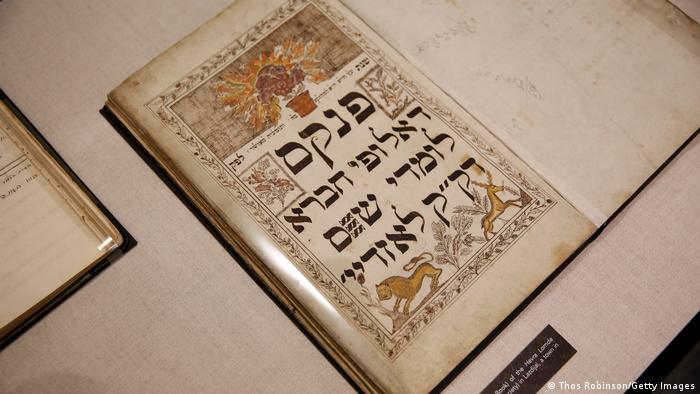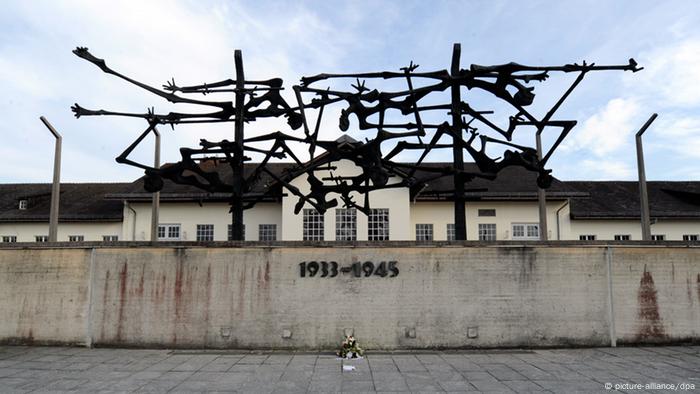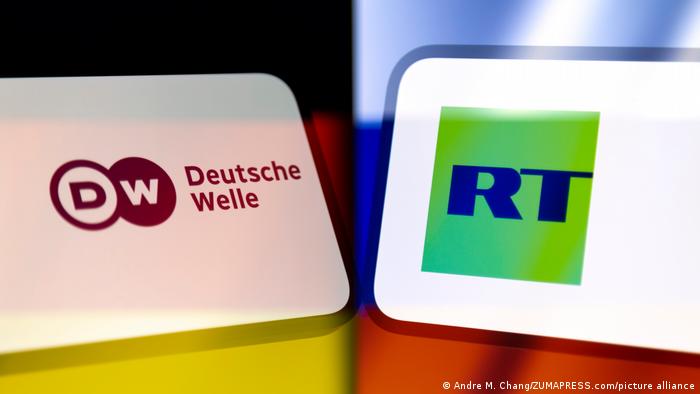In the Middle East, culture around recreational drugs is changing
Smoking cannabis on social media and sharing jokes about getting stoned are leading to more openness about recreational drug use in a region where intoxication of any kind is usually frowned upon.
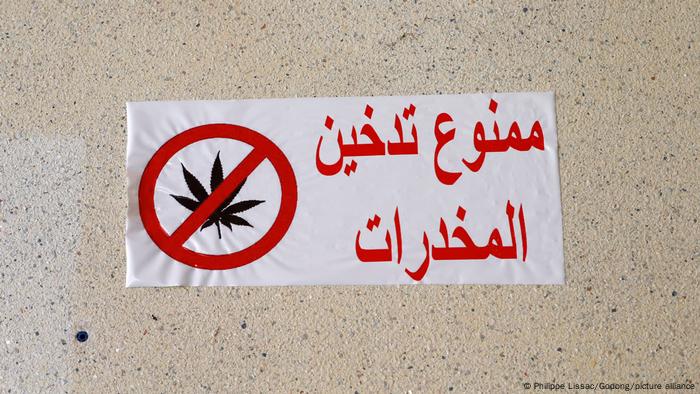
A sign in a Moroccan cafe reads "no drug smoking here"
The grainy video on Facebook shows Abdel-Fattah el-Sissi , Egypt's authoritarian leader, in what appears to be a hall filled with soldiers.
El-Sissi, a military officer who has been running the country since deposing its elected president in 2013, takes the microphone, says a few words, then starts to laugh. He can't stop and begins to snort and gasp.
"El-Sissi is a stoner," says a mocking caption under the 2017 Facebook post, punctuated with laughing emoticons.
This kind of joke is just one of thousands found on Arabic-language pages on social media that specialize in what is known as "stoner humor." Some have millions of followers.
Livestreaming drug use
"Stoner humor" is just one example of how a more casual attitude toward smoking cannabis is becoming increasingly popular in some parts of the Middle East.
Recently there have also been a number of cases in Gulf States where social media users have filmed themselves smoking cannabis. Some were arrested by local police.
Last summer, Dubai-based influencer and model Omar Borkan al-Gala was expelled from the emirate for allegedly smoking cannabis during a live stream on his Instagram account, where he has 1.3 million followers.
Senior Dubai police officers justified his expulsion, saying that there was a strong correlation between celebrities who promoted the use of illicit drugs and teenagers under pressure to try them.
In 2021, Qatar police blocked 75 online profiles and websites for selling or promoting drugs. In 2019, they only blocked 15.
In the past, Saudi police have said people who share stoner jokes were responsible for the disintegration of decent society.
Historical precedent
Despite the outrage from law enforcement, locals in the Middle East have always used drugs.
"It is true that people there historically condemned intoxication, in whatever form it took," Maziyar Ghiabi, a lecturer in medical humanities at the University of Exeter who focuses on drug policy, pointed out. "But that doesn't mean that it didn't exist."
Cannabis has been part of Middle Eastern culture for ages. In the 12th century, some orders of Sufis, who practice a more mystical form of Islam, smoked cannabis as part of religious rituals.
However, until recently, few locals have been overt about their recreational use of illegal drugs.
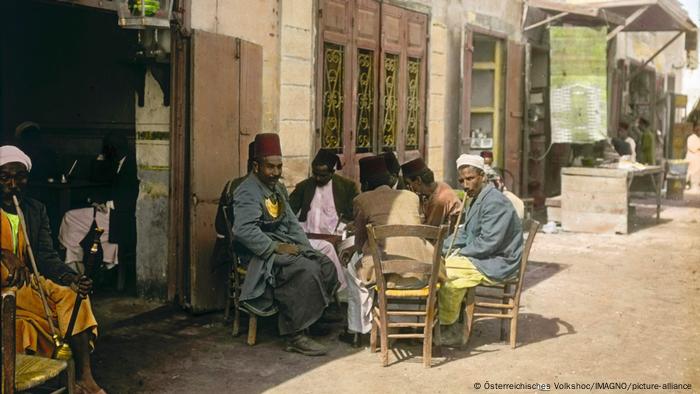
Egyptian men smoke waterpipes with hashish, in around 1910
"Young people's attitudes towards things like hashish [cannabis resin] are definitely changing," said Mahmoud, a 32-year-old Syrian who lives in Germany and didn't wish to give his full name because of the subject matter.
Back in his native Damascus, Mahmoud said he and his friends smoked hashish, or cannabis resin, and took amphetamine pills — known by the brand name Captagon — for fun. The pills contain a mix of amphetamines and are often referred to as the poor man's cocaine.
But Mahmoud says only his closest friends knew about his recreational drug use. He believes that now younger people from the region, especially those from its urban centers, are more open about such things.
Asked when attitudes began to change, Mahmoud smiled and answered: "Since the Internet."
International influence
A study called "Drugs Behind the Veil of Islam: A View of Saudi Youth," published last October 2021 in the scientific journal Crime, Law and Social Change, came to similar conclusions.
Researchers did in-depth interviews with 18 Saudi university students and concluded that young Saudis are becoming more interested in, and open about, using drugs such as cannabis recreationally, especially online.
"The Hekmat Mohashish account posts so many funny videos and stories about hashish smokers," one of the interviewees said, referring to a popular Facebook page that posted information and jokes about recreational drugs and had more than 1 million followers. "They are so funny that people even don't think smoking hashish is haram [not allowed].”
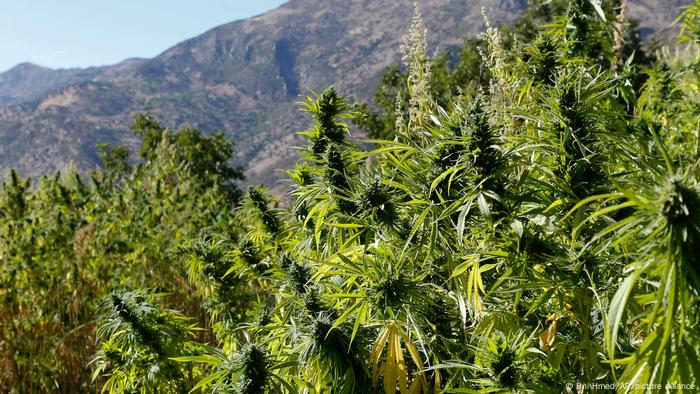
Morocco is the world's largest producer of cannabis, even though the drug is illegal there
The study also came up with other reasons for a more neutral attitude toward illicit drugs in Saudi Arabia — including more interactions with foreigners and international culture, how religious (or not) people are and the recent loosening of rules on social interaction.
Hidden numbers
"With social media, everything is more open now," Elie Aaraj, director of the Beirut-based Middle East and North Africa Harm Reduction Association, or MENAHRA, told DW. "A younger generation knows more about drugs and how to use them."
It is impossible to know whether these changes in attitude online translate to increased drug use in real life though. Primarily this is because there are few reliable statistics on the topic.
"Data from the Middle East is scarce, and therefore we cannot say anything about any increasing trend in drug use for the region," a spokesperson from the United Nations Office on Drugs and Crime, or UNODC, told DW. The organization compiles an annual report on illicit drug use around the world.
In its 2021 assessment of the region, MENAHRA confirmed that fact, noting that the various crises around the region make it difficult to come up with exact numbers on drug use or abuse.
While each country has different patterns of drug use depending on what substance is most readily available, the advisory organization believes that cannabis is still the most popular drug overall in the Middle East.
The experts concluded that increasing openness about its use could be seen as positive in some ways.
A more realistic approach to drug use might result in a more "plausible, coherent public policy that minimizes the risks of drug use," Exeter University researcher Ghiabi argued.
"We need more than just repressive rules [on drug use] because these are not enough to deal with this situation," Aaraj concluded.
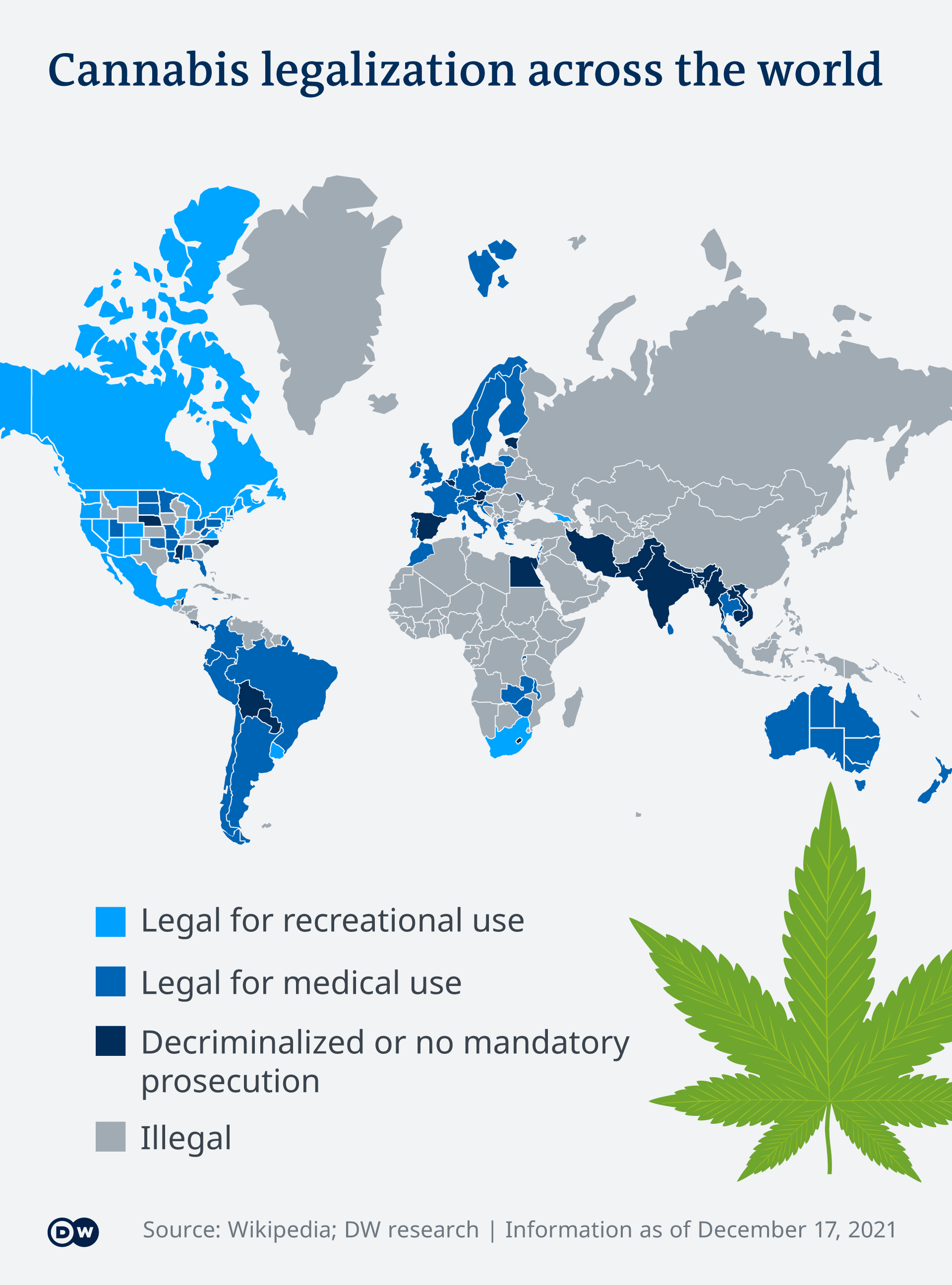
Edited by: Jon Shelton
